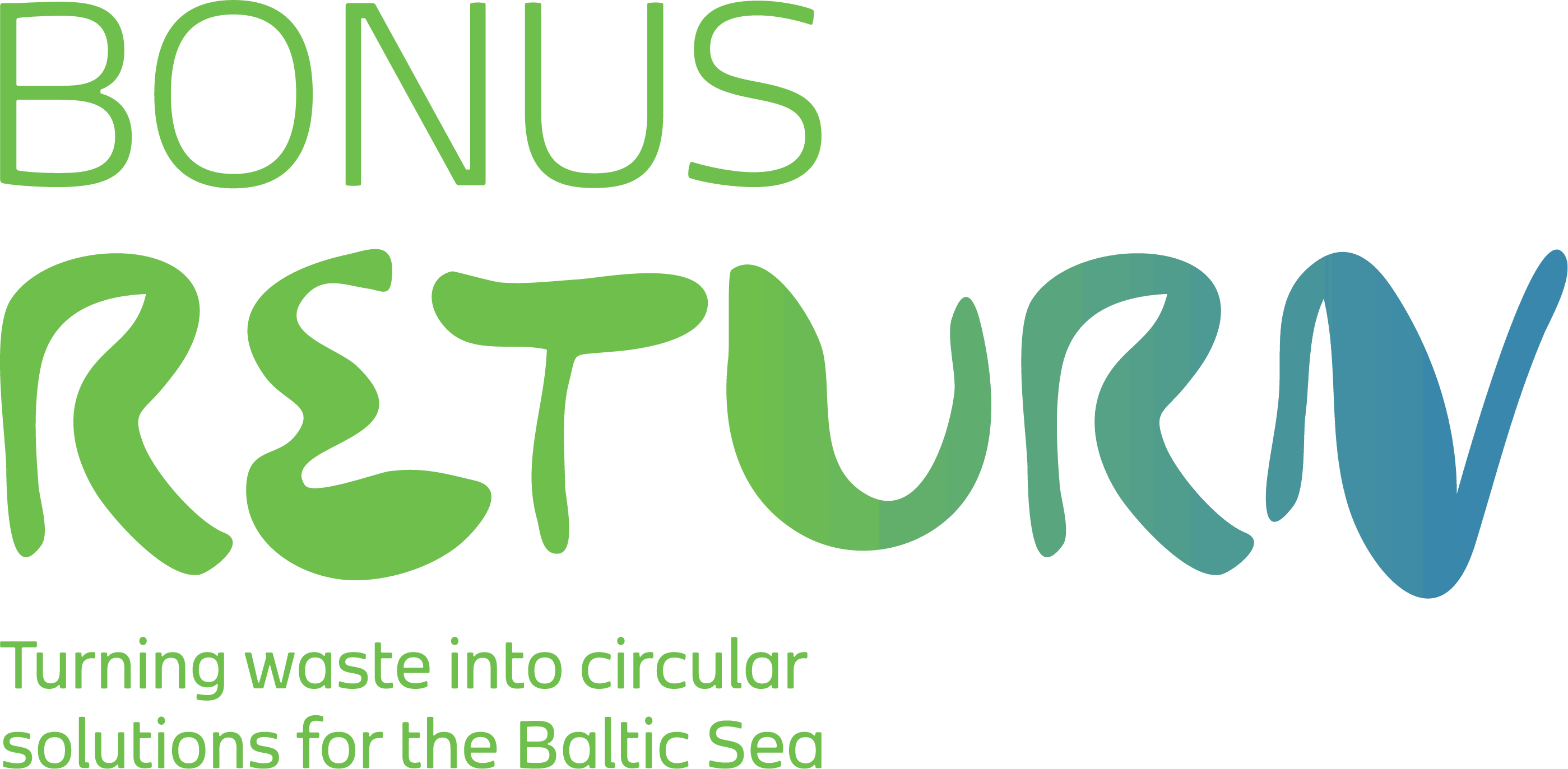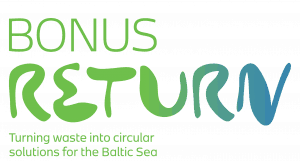Authors: Dag Lorick, Biljana Macura, Marcus Ahlström, Anders Grimvall & Robin Harder
Abstract
Background
A regular supply of nutrients such as nitrogen and phosphorus to agriculture is needed for global food security, and increased recycling of nutrients back to agriculture from organic waste streams is necessary for increased rural–urban sustainability. Anaerobic digestion of sewage sludge and agricultural wastes is widely applied to stabilize the substrate and capture some of its energetic value via biogas production. Anaerobic digestate is a concentrated source of nutrients to which nutrient recovery technologies can be applied. By combining anaerobic digestion and nutrient recovery technologies on the digestate, both energy and nutrient recovery can be achieved. Two promising technologies that could increase nutrient recycling from different types of wastewater are struvite precipitation and ammonia stripping. This review examined the effectiveness of these ecotechnologies for the recovery of nitrogen and phosphorus from anaerobic digestate with the aim of reducing the impact of waste on the environment.
Methods
We searched for academic and grey literature published after 2013. Searches were performed in 5 bibliographic databases in English, in the search engine Google Scholar in English, Swedish, Finnish and Polish, and across a range of organisational websites in English, Swedish, Finnish and Polish. Eligibility screening was conducted at two levels: ‘title and abstract’ and ‘full text’. Included eligible studies were subject to a critical appraisal that assessed external and internal study validity. We extracted information on study characteristics, intervention, comparators, effect modifiers, and measured outcomes. Data synthesis included narrative synthesis of each study of sufficient validity. We performed quantitative synthesis on a subset of studies.
Review findings
The review included 30 studies on struvite precipitation and 8 studies on ammonia stripping. Both pH and Mg:PO4 ratio were found to have a clear influence on the effectiveness of struvite precipitation process (and thus nutrient removal rates). The response to pH was found to be non-linear, resembling a bell curve with a maximum around pH 9.5. Mg:PO4 ratio was found to have a positive effect on removal up to a ratio as high as 4:1. However, it should be noted that high removal efficiencies were sometimes achieved at a ratio as low as 1:1 as well. Although the effects of pH and Mg:PO4 ratio were clear, the model developed could not accurately predict removal based on these two parameters alone. Studies on ammonia stripping were relatively heterogeneous. Due to the small size of the evidence base, and the heterogeneity between studies, no conclusions are presented regarding the influence of different process parameters on the outcome of ammonia stripping.
Conclusions
In conclusion, when performed under the right conditions (i.e. pH around 9.5 and Mg:PO4 ratio of at least 1:1), available evidence suggests that struvite precipitation is an effective technology for the recovery of nutrients from the liquid phase of anaerobic digestate. The evidence base is limited for ammonia stripping. We provided suggestions of which data to report in future studies.

